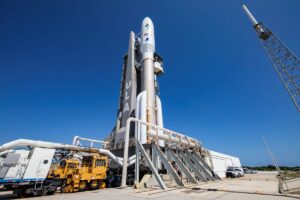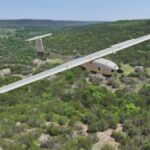
The Aug. 29 Cape Canaveral, Fla. launch of a United Launch Alliance (ULA) Atlas V 551 configuration rocket carrying sensing payloads for the National Reconnaissance Office (NRO) and U.S. Space Force NROL-107 SILENTBARKER program is to be the last Atlas V launch for NRO. ULA is a joint venture between Lockheed Martin [LMT] and Boeing [BA] and began in December 2006. "This is our 'bruiser' configuration of the Atlas," Tory Bruno, the president of ULA, told reporters on Aug. 28…














